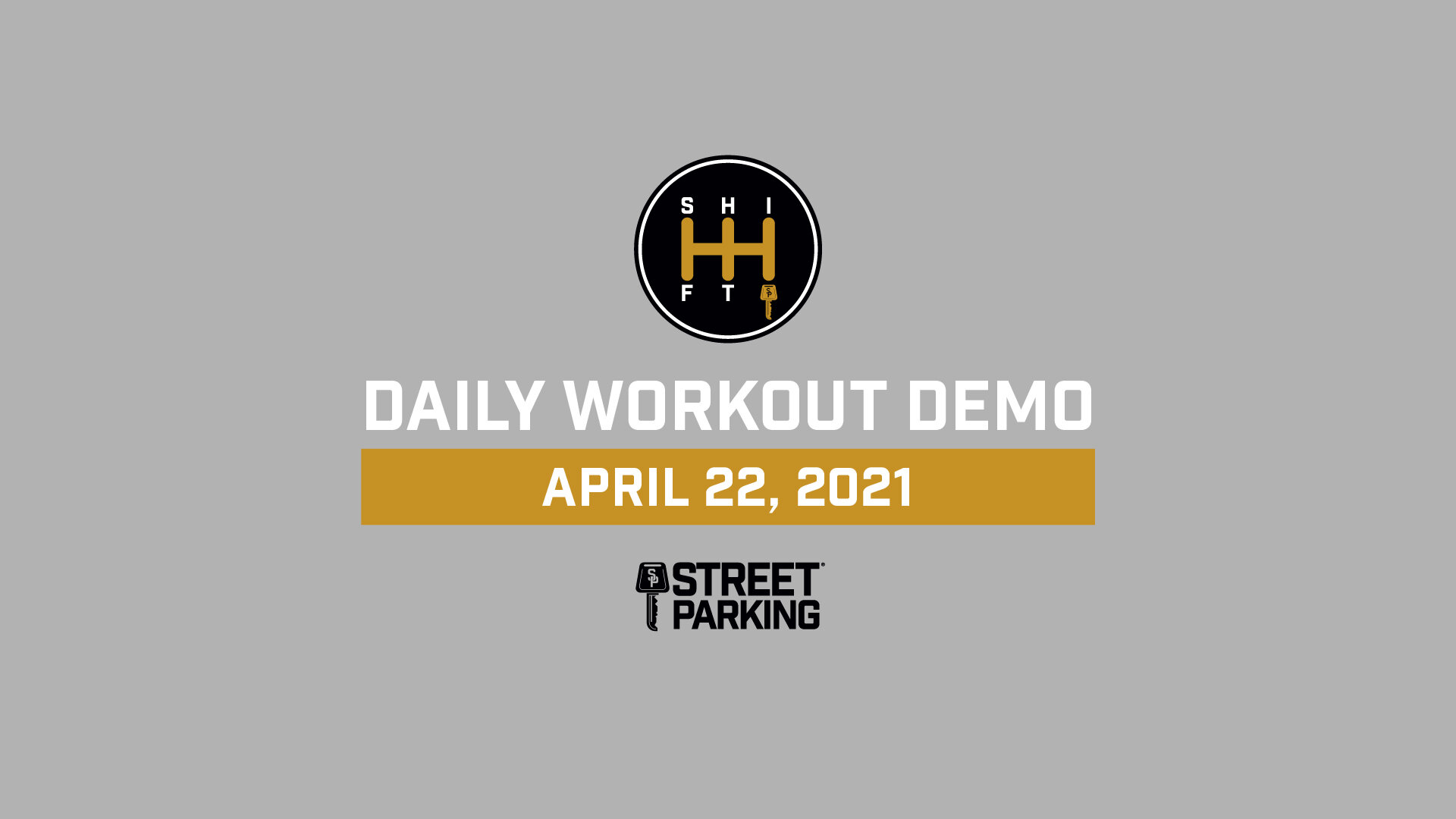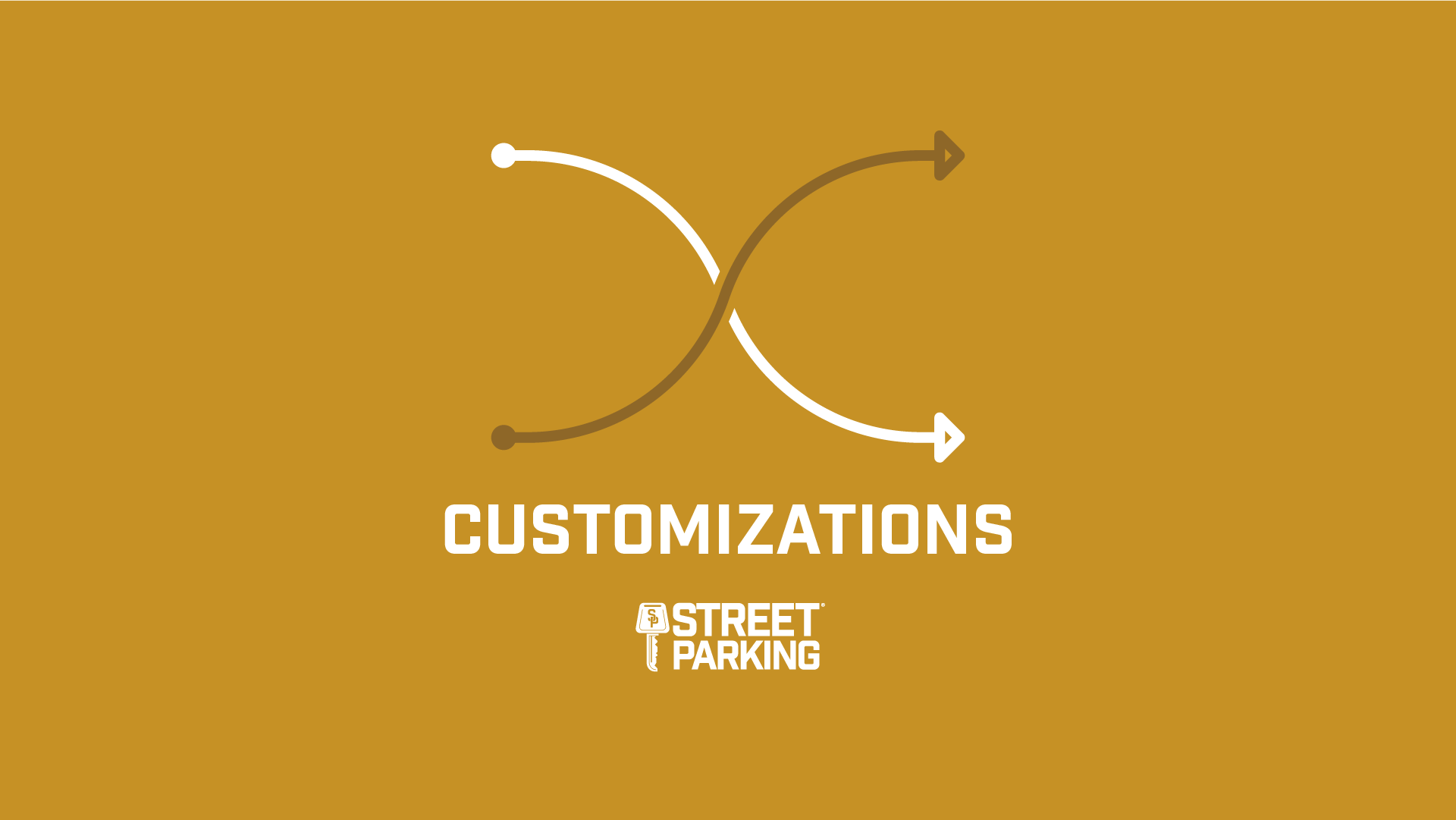THURSDAY SHIFT 04/22/2021


MAINTENANCE SUGGESTIONS FOR TODAY
PRE: MORNING COFFEE, COUCH STRETCH
POST: HAMSTRINGS, CALVES/ANKLES
10 Min AMRAP (As Many Rounds and Reps As Possible in 10 Minutes)
20 Hop or Skip Overs
15 Air Squats
10 DB/KB Deadlifts
Suggested Weight Range Men: 20-40# Single DB/KB - or - pair of lighter dumbbells
Suggested Weight Range Women: 12-30# Single DB/KB - or - pair of lighter dumbbells
Score: Total # of Completed Rounds + Any Additional Reps
Goal: 5-8 Rounds
COACHES NOTES
You're aiming for each round to take somewhere between 1:15-2:00. In order to achieve this pace, be sure to get the air squats done in 30-45 seconds or choose a customization that will allow you to do so. The deadlifts should be completed in 1-2 sets so choose your weight accordingly! Please be careful when performing the hop or skip overs as your legs will be more and more fatigued as time passes. If you need to, find a line to hop or skip over so there's no risk of tripping!
DB HOP OR SKIP OVER
You will stand next to the DB/KB and jump over it laterally. You can scale to a line if you are intimidated to go over something. You can also sub a little skip over.
If jumping or skipping is out of the question, you can perform a low, alternating step up.
CUSTOMIZATIONS
Line Hop or Skip Over
Low Alternating Step Ups
AIR SQUAT
You will have the feet shoulder width apart with the heels down. Lift the chest and tighten the belly. Reach the butt back and down as you drive the knees out. Ideally, you will get your butt lower than your knees at the bottom with the chest up and belly still tight! Drive through the heels and drive the knees out to stand completely.
If you have a tendency to collapse at the bottom, you may try using a counter balance. If you have pain or issue in the bottom from current or past injury or issue - you may choose to squat to a slightly higher target. Still focus on heels down, knees out, chest up!
CUSTOMIZATIONS
Squat to Target
Assisted Squat
DEADLIFT
You will either have a single KB/DB between the feet or a pair of lighter dumbbells on the outsides of the feet. Feet are under the hips. Heels are down. Hips and knees are bent. Arms are straight. Chest is up. Belly tight. Back flat! To lift the DB(s) drive your heels into the ground and lift your chest. Keep arms straight, chest up and belly tight as you stand all the way up at the top.
To lower - send your butt back. Keep your chest lifted and belly tight. Keep those heels down. Once the DB(s) goes below your knees, re-bend them and bring the DB(s) back to the starting position under control.
CUSTOMIZATIONS
Lighter Weight
Sumo Stance Deadlifts
Toe Touches
Double/Single Unders
To manage or avoid the added pressure to the pelvic floor that DUs/SUs can create, sub: Taps, Row, Bike, Quick Step Ups, One Legged Plank Rock, High Knee Step Up Overs, or Calf Raises. If you're postpartum and working towards rehab-ing your core and pelvic floor you can choose from the same subs for pregnancy and/or try scaling the number of DUs/SUs down to a number that is realistic for you to practice proper positioning and managing pressure. Any leaking or heaviness in the pelvic floor is a sign that you need to adapt your approach or change the movement to less impact.
DB/Back/Front/Air Squat
If you have a hard time maintaining control and a stable midline in the bottom of the squat or if you find yourself bearing down to get out of the bottom, try subbing a target or assisted squat to shorten the range of motion. A box squat is always a great idea especially during pregnancy to strengthen the posterior chain and balance out the growing belly.
KB/DB Deadlift
If you're pregnant and the shape of your belly is making reaching the floor difficult or if you're postpartum and managing core rehab through practice of proper posture, sub: Sumo Stance KB/DB Deadlift or elevate the DBs/KB so it's not so low to the ground when you pick it up. If you are working on healing any pelvic floor dysfunction make sure you are able to breathe properly throughout the entire range of motion and that you are not bracing or bearing down.
